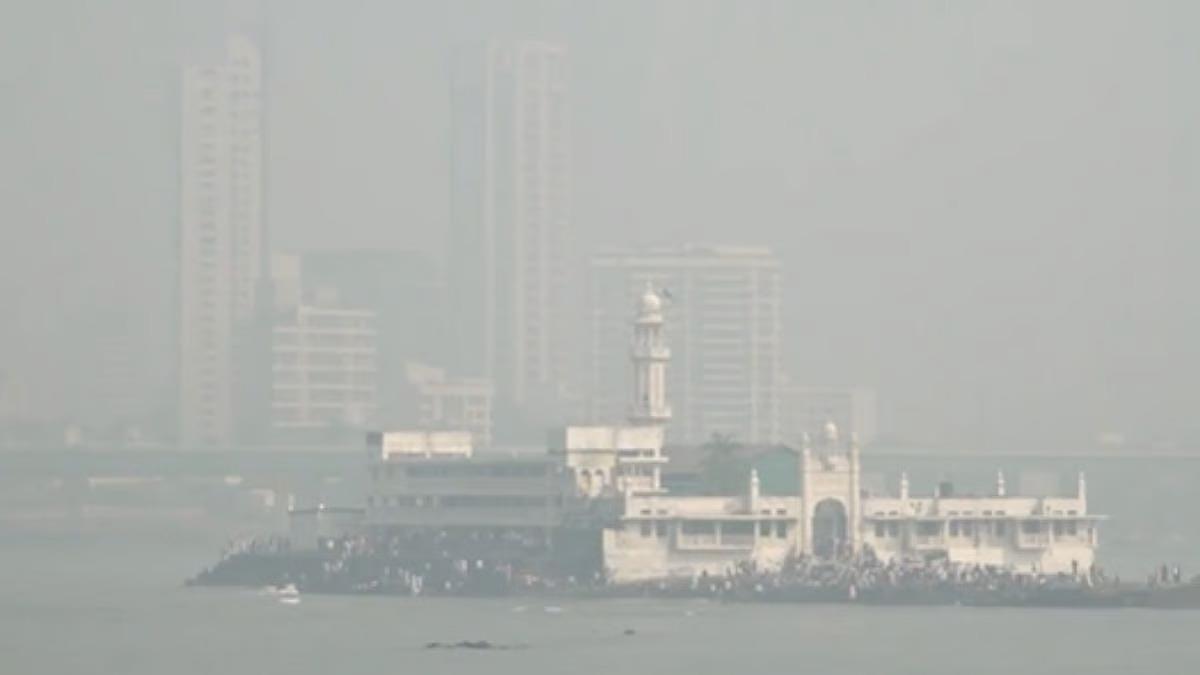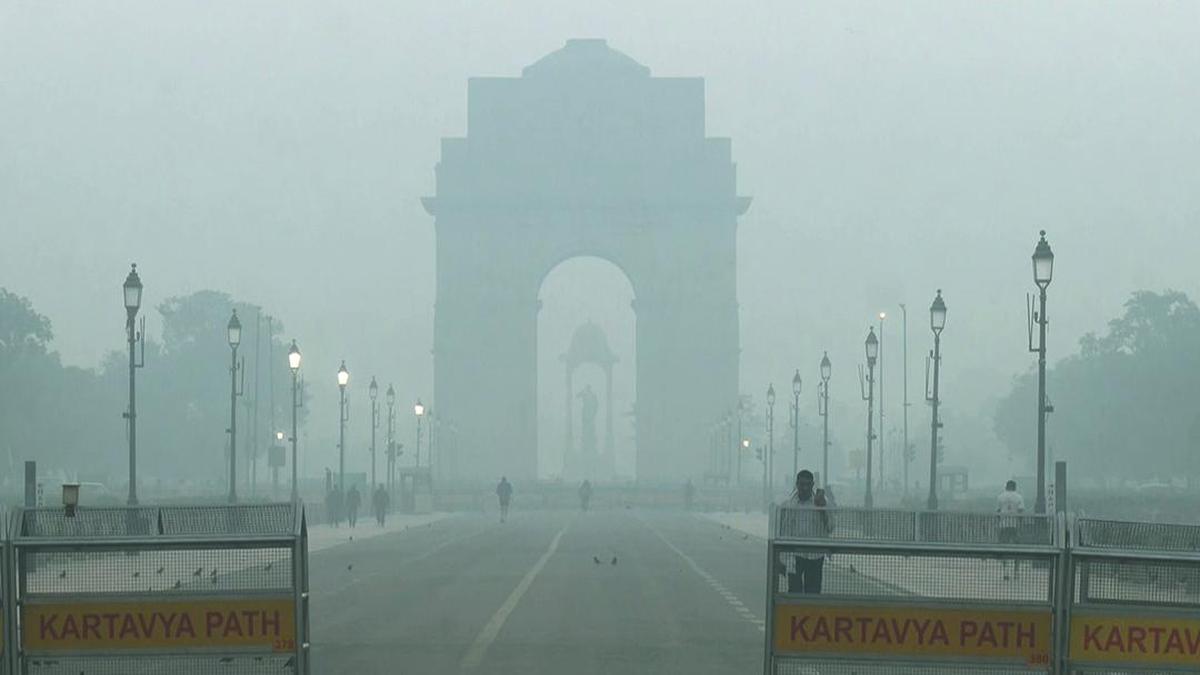Views
78
Climate action, biodiversity protection, and ESG responsibility are no longer just idealistic pursuits; they are business-critical imperatives. The theme Our Land. Our Future. serves as both a rallying cry and a strategic directive: without healthy land, there is no sustainable future.
The Global Cost of Inaction According to the United Nations Convention to Combat Desertification (UNCCD), up to 40% of the planet's land is degraded, affecting more than 3 billion people and costing the global economy over $6 trillion annually. This crisis contributes to biodiversity collapse, food and water insecurity, rural poverty, and mass displacement, issues that disrupt supply chains, weaken agricultural systems, and destabilize economies. Land Restoration Is a Proven Climate Solution. Scientific consensus affirms that large-scale ecosystem restoration is essential for both environmental health and climate mitigation.
The IPCC Special Report on Climate Change and Land identifies forest restoration as one of the most cost-effective climate strategies available. Estimates suggest that reforesting degraded land could sequester up to 205 gigatons of carbon, a critical lever in meeting the 1.5 C target under the Paris Agreement. Corporate Responsibility Meets Ecological Necessity: Land restoration is not just the responsibility of governments and NGOs; it is a strategic opportunity for forward-looking businesses. At Grow-Trees.com, we provide a scalable platform enabling organizations to actively participate in verified reforestation efforts that align with ESG goals and CSR mandates.
Our model involves collaboration with expert planting partners and local communities, ensuring that trees are not just planted, but nurtured for long-term ecological, economic, and social impact. Highlights from Our Initiatives: Combatting desertification: Tree planting on degraded lands in Rajasthan and Odisha helps restore soil fertility and enhance groundwater recharge. Livelihood support: Fruit and fodder trees supplement household income and nutrition for rural families without degrading land resources.
Biodiversity corridors: Rewilding projects in Central India reconnect fragmented habitats and reduce human-wildlife conflict. Measurable, Transparent Impact Through our digital platform, organizations can: Track impact using GPS mapping and project reports, View carbon sequestration estimates Integrate reforestation into employee engagement, ESG reporting, and sustainability communications. Several of our corporate partners are already embedding land restoration into their long-term sustainability strategies, moving beyond token gestures to measurable, scalable action.
Restoration as a Strategic Investment The restoration economy is rapidly evolving from a philanthropic effort to a mainstream investment category. Businesses that support land restoration today demonstrate resilience, responsibility, and readiness for a future defined by environmental accountability. The question is no longer if companies should act on land degradation, but how urgently and effectively they can. Partner with Grow-Trees.com to learn how your organization can contribute to verified land restoration through tree planting. Visit www.grow-trees.com or contact us directly.
References:
UNCCD Global Land Outlook Second Edition (2022):https://www.unccd.int/resources/global-land-outlook/glo2 IPCC Special Report on Climate Change and Land (2019):https://www.ipcc.ch/srccl/chapter/summary-for-policymakers World Bank Cost of Land Degradation (2016):https://openknowledge.worldbank.org/handle/10986/25352 IUCN The Bonn Challenge:https://www.iucn.org/theme/forests/our-work/forest-landscape-restoration/bonn-challenge National Geographic Tree Planting and Climate:https://www.nationalgeographic.com/environment/article/tree-planting-isnt-a-simple-climate-solution
Subscribe to our newsletter and recieve a selection of our cool articles every week.

When Mumbai’s Morning Haze No Longer Feels Like Home
Mumbai Weather Update: AQI Turns Severe as Thick Haze Persists, Free Press Journal (FPJ).
Nov 24, 2025

Delhi Is Gasping Again, And This Time, Even the Clouds Refused to Help
Delhi is choking again. AQI levels have slipped into the ‘severe’ zone, cloud seeding failed, and emergency measures barely make a dent. Because the city doesn’t need one-off fixes, it needs long-term healing. Trees remain the simplest, most effective answer. They absorb carbon, trap dust, cool the air, and act as natural lungs. If Delhi wants cleaner winters, it needs more green cover, not just temporary interventions. Clouds may not cooperate, but trees always will.
Nov 17, 2025
Copyrights @ 2025 All rights reserved by Pangea EcoNetAssets Pvt Ltd.